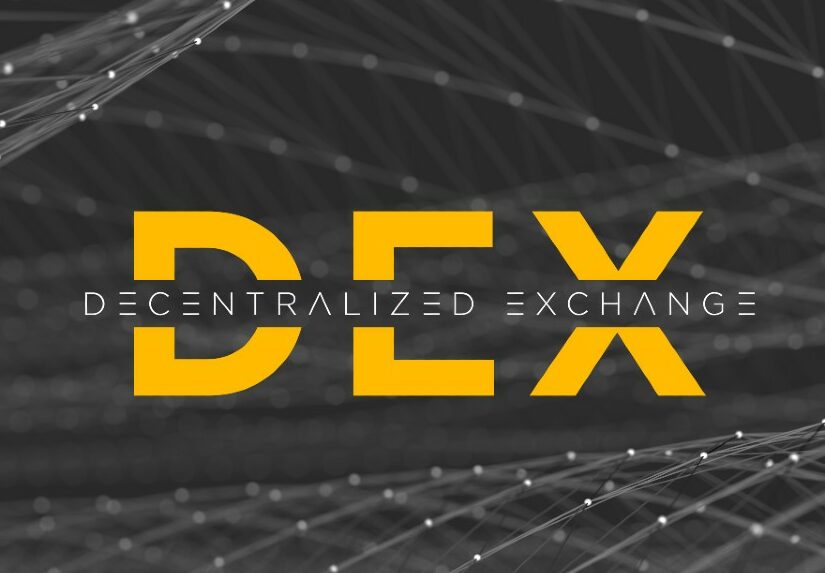Aster DEX has rapidly emerged as a dominant force in decentralized trading, reportedly reaching a staggering $11.94 billion in daily volume. However, this meteoric rise to the top is accompanied by serious questions from industry analysts about the authenticity of its trading activity, creating a complex picture for the DeFi landscape.
Meteoric Rise and Market Position
Aster’s ascent in the perpetual DEX arena has been nothing short of explosive. The platform, born from the merger of APX Finance and Astherus, has quickly climbed to the top of leaderboards, even briefly surpassing established competitors like Hyperliquid in daily trading volume and fee generation shortly after its token launch in September 2025. At its peak, the protocol generated over $25 million in daily fees, signaling immense user activity.
This growth has been fueled by several key features. Aster offers a multi-chain trading experience on networks like BNB Chain, Ethereum, Solana, and Arbitrum, simplifying user onboarding. Its most talked-about products include leverage of up to 1001x and “hidden orders” that protect large trades from front-running, a feature that appeals to traders seeking a competitive edge and protection from MEV attacks. Furthermore, public endorsement and an advisory role from Binance founder Changpeng “CZ” Zhao have brought significant visibility and credibility to the project.
The Volume Controversy
Despite the impressive numbers, Aster’s volume record is not without significant controversy. In early October 2025, the leading crypto data aggregator DefiLlama made the decisive move to delist Aster’s perpetuals data from its tracking dashboard. The reason was a suspiciously perfect correlation; Aster’s XRP perpetual trading volumes were moving “almost tick-for-tick” with the volumes on the centralized exchange Binance.
This near-perfect mirroring raised a major red flag for analysts. Organic, decentralized order flow typically shows some divergence from centralized markets. The almost exact correlation suggested the possibility of “wash trading” or data manipulation, casting doubt on whether the reported volumes reflect genuine organic demand. This action by a trusted data source has forced the market to look at Aster’s leadership claims with greater scrutiny.

A Strategic Perspective
For traders and institutional investors, the situation with Aster presents both opportunity and caution. On one hand, if the liquidity is real, it offers deep markets and advanced features. On the other hand, the questions around volume integrity mean that perceived liquidity could be fragile, potentially affecting execution quality during volatile market moves.
The Aster ecosystem continues to develop, with its native ASTER token serving governance, rewards, and growth functions within its platform. While the project has demonstrated an incredible capacity for growth and product innovation, the market is now watching closely to see how it addresses these volume concerns. The path forward for Aster will depend on its ability to validate the authenticity of its trading activity and build trust through transparency, proving that its volume leadership is built on a solid foundation of real user demand.


